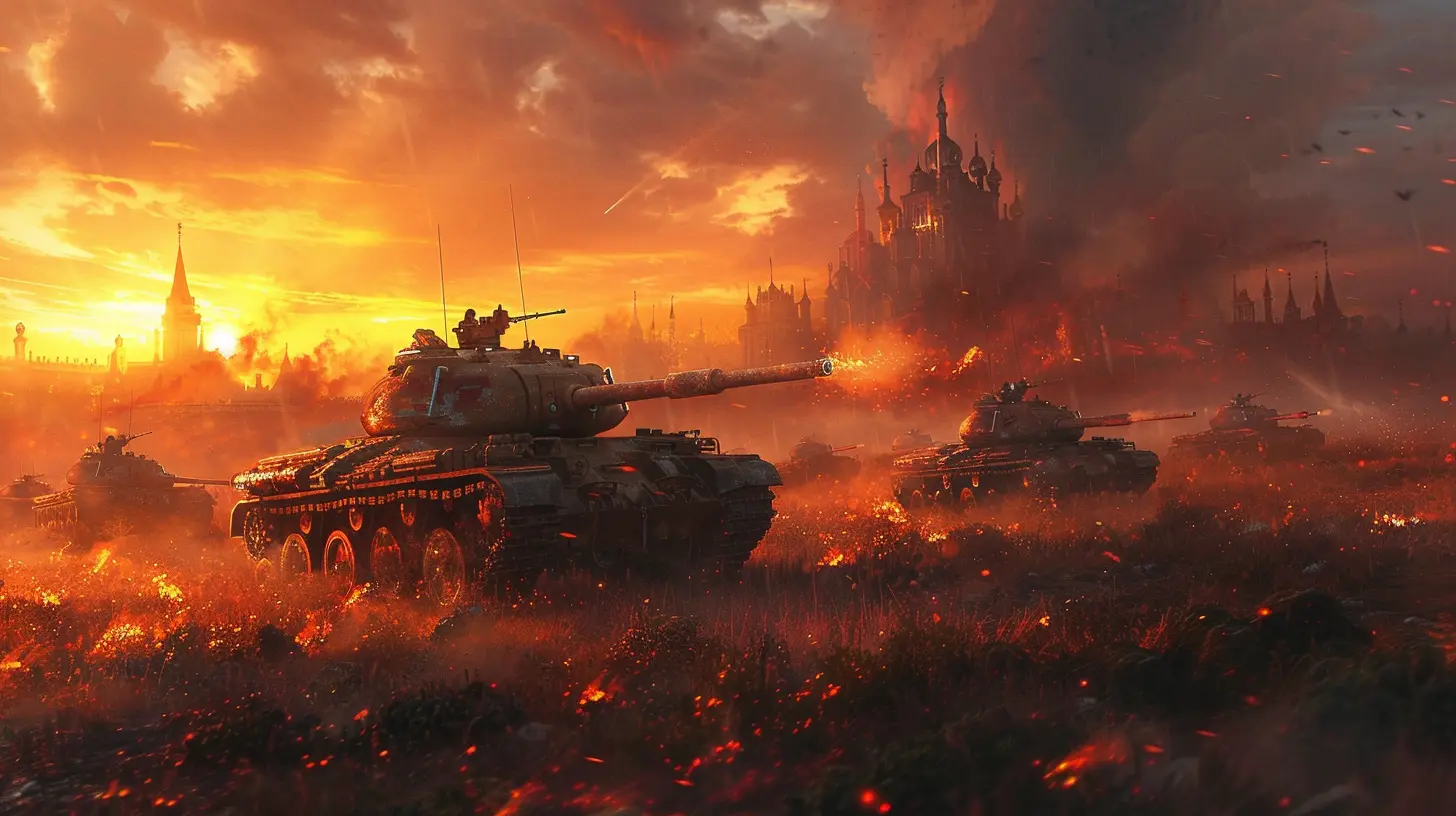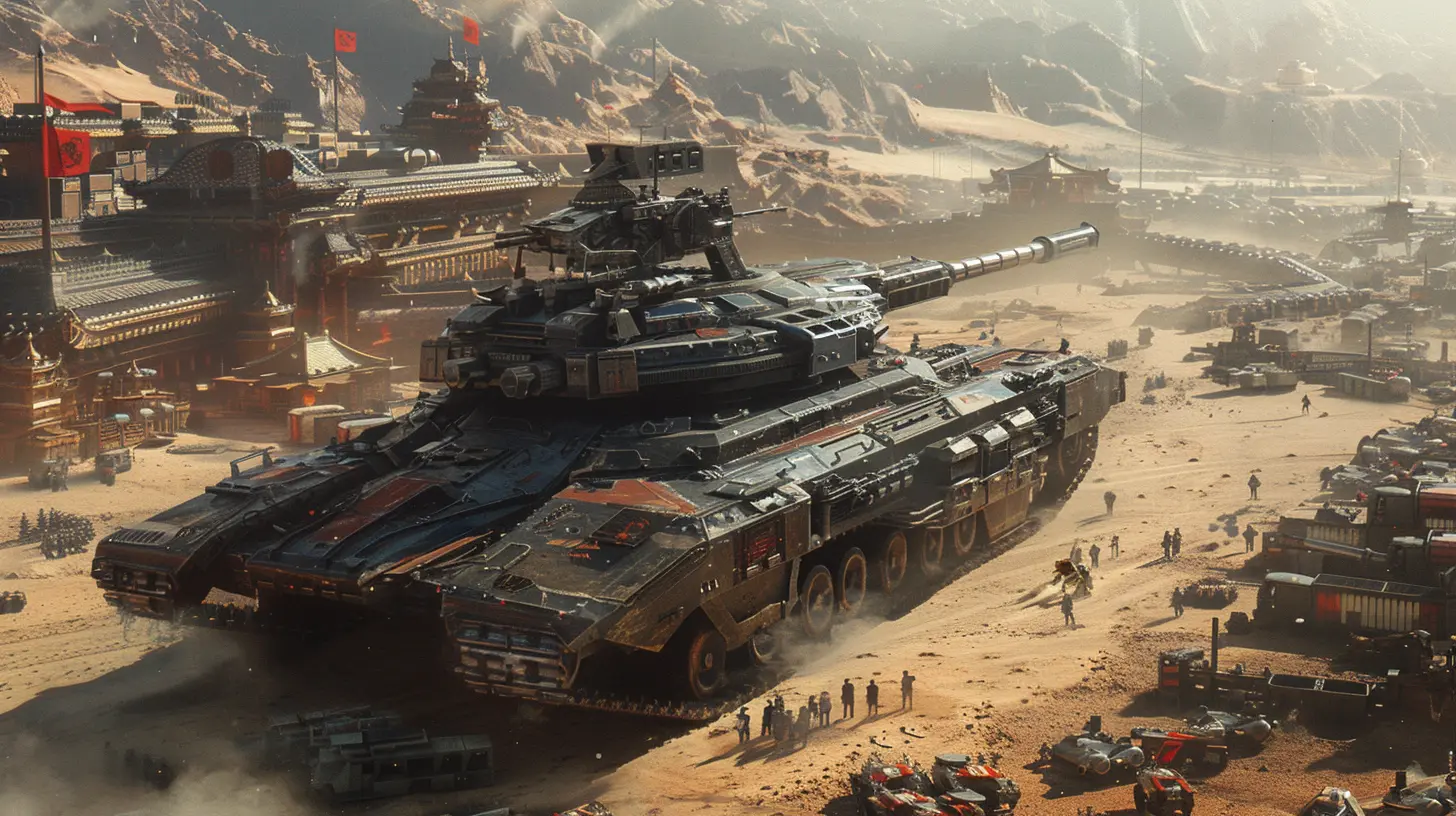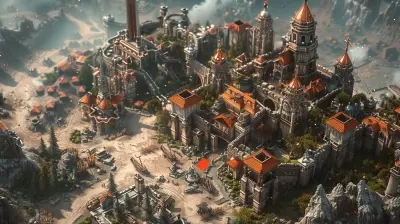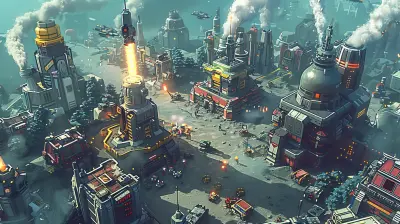18 March 2025
If you've ever dived into the world of strategy games, you know one thing is always true: war is expensive. Whether you're juggling resources in Civilization, managing units in Age of Empires, or waging galactic conquest in Stellaris, there's one harsh fact that rules them all — you need a sustainable war machine to claim victory.
Building such a machine isn’t just about amassing armies and throwing them at your enemies like it's some medieval food fight. Nope! It's about smart planning, resource management, adaptability, and knowing when to push and when to pull back. So, let’s break this down step-by-step and build you a war machine that stands the test of time (and enemies).
Understanding the Backbone of a Sustainable War Machine
Before we dive into tips and tricks, let’s get one thing straight: a "war machine" isn’t just your army. It’s the entire infrastructure that keeps your armies marching, fighting, and winning. Think of it as a well-oiled machine — if even one cog (resources, production, logistics, or manpower) breaks down, the whole thing collapses like a Jenga tower.So, what does sustainability look like in strategy games? Here’s the gist:
1. Steady Resource Flow: Without resources, your war machine grinds to a halt. Whether it’s food, gold, oil, or mana, sustained income is nonnegotiable.
2. Efficient Production: Buildings and factories should crank out units fast enough to replenish losses without overburdening your economy.
3. Logistics and Maintenance: Units need upkeep. If you can’t afford their cost over time, you’ll bankrupt yourself faster than a beginner with a casino addiction.
4. Scalability: As the war intensifies, your war machine must scale up to keep up with growing demands.
Now that the fundamentals are covered, let’s roll up our sleeves and dig into the nitty-gritty.
Step 1: Prioritize Your Economy Before War
Here’s a hard truth: wars are won before the fighting even starts. If your economy is weak, you’ll burn through your resources faster than you can replenish them. That’s like trying to fill a bucket with holes in it — pointless.Start With a Rock-Solid Economy
Focus on gathering and upgrading resource production early on. Secure those mines, farms, and trade routes like your life depends on them (because it does). Prioritize technologies or upgrades that increase resource generation, like better farms or more efficient factories.Pro Tip: Diversify your economy. Relying on just one or two resources is like walking a tightrope without a safety net. If your gold mines run out or your enemy blockades your trade, you’re screwed. Spread your resource base so you’ve always got something to fall back on.
Balance Expansion and Defense
Expanding your economy often means seizing more territory. But here’s the catch — overextending yourself can backfire big-time if you can’t defend what you’ve claimed. Always have enough defenses (and troops) in place to secure your resource-generating areas.
Step 2: Build a Flexible Army Composition
So, you’ve got a solid economy going — great! But don’t blow all your resources on creating a massive army right out of the gate. This is a rookie mistake that’ll leave you vulnerable if your enemy finds a counter to your units.Mix and Match Unit Types
In most strategy games, having a diverse army beats a one-size-fits-all approach. Why? Because specialized units are like rock-paper-scissors — they’re great in the right situations but terrible everywhere else. For example:- Heavy tanks might crush infantry, but they’ll fold like a lawn chair against anti-armor units.
- Air units can rain down destruction, but they’re useless if countered by good anti-air defenses.
- Infantry are versatile but can be mowed down by cavalry or artillery.
A balanced army gives you flexibility and adaptability. It lets you respond to enemy strategies instead of getting steamrolled because you bet everything on one unit type.
Upgrade Your Units Strategically
Don’t upgrade everything just because you can. Focus on upgrades that matter most for your current strategy. For instance, if you’re planning a naval invasion, prioritize ship and transport upgrades over land unit improvements. Be intentional — upgrades cost resources, so make sure every upgrade counts.
Step 3: Manage War Upkeep Like a Pro
Here’s the silent killer in most strategy games: upkeep. Sure, you can build a massive army, but can you afford to maintain it? If the upkeep cost starts draining your economy dry, congratulations — you just sabotaged your own war machine.Watch Your Unit Cap
Most strategy games have a unit cap (or population limit), which forces you to make tough decisions about how to allocate your troops. Don’t waste precious slots on cheap, ineffective units. Instead, aim for a balance between quality and quantity.Think of it like this: would you rather have 100 poorly trained grunts who can’t hit the broad side of a barn, or 50 elite soldiers who can punch above their weight? Spoiler: go for the elites.
Rotate Idle Units
Another economic drain? Idle units. If you’ve got troops sitting around doing nothing, they’re just eating up resources without giving you any value. Use them! Station them for defense, scout enemy movements, or send them to harass weaker targets.Step 4: Timing Is Everything in War
Okay, you’ve built your economy, balanced your army, and managed your upkeep. But when should you actually attack? Rushing into battle at the wrong time is like trying to bake a cake with the oven turned off — you’re setting yourself up for disaster.Strike When the Iron’s Hot
Timing an attack is all about reading the situation. Is your enemy spread too thin? Are you ahead on tech or resources? Did they just lose a big battle and need time to recover? These are all green lights to strike.On the flip side, if you’re still ramping up your economy or your defenses are weak, don’t force it. A premature attack can leave you vulnerable to counterattacks.
Know When to Retreat
Speaking of counterattacks, don’t be afraid to retreat if a fight isn’t going your way. A tactical retreat can save your troops and buy you time to regroup. Remember, it’s better to fight another day than to lose everything by being stubborn.Step 5: Adapt or Perish
No war plan survives first contact with the enemy. That’s true in history, and it’s doubly true in strategy games. If you’re too rigid in your approach, a clever opponent will exploit your predictability and turn the tide against you.Scout Like Your Life Depends on It
Knowledge is power. The more you know about your enemy’s movements, composition, and strategies, the better equipped you’ll be to counter them. Invest in scouts, spies, or radar — whatever your game offers for intel gathering.Adjust Your Strategy on the Fly
Found out your enemy is spamming air units? Build more anti-air defenses. Facing a turtle strategy? Ramp up siege units. The key is to adapt quickly before your opponent capitalizes on your weaknesses.Bonus Tips for a Killer War Machine
Here are some quick-fire tips to truly take your war machine to the next level:- Leverage Alliances: If your game allows alliances, use them. A strong ally can help cover your weaknesses or provide resources in a pinch.
- Don’t Ignore Logistics: Some games include mechanics like supply lines or fuel. Protect these at all costs, because losing them can cripple your army.
- Practice Makes Perfect: The more you play, the better you’ll get at balancing your economy, production, and war machine. So, keep at it!







Loretta Dillon
Mastering a sustainable war machine is essential for dominating strategy games. Focus on resource management, strategic alliances, and innovative tactics. Embrace adaptability and continuously refine your approach for unstoppable victory. The battlefield awaits your command!
March 29, 2025 at 5:21 PM